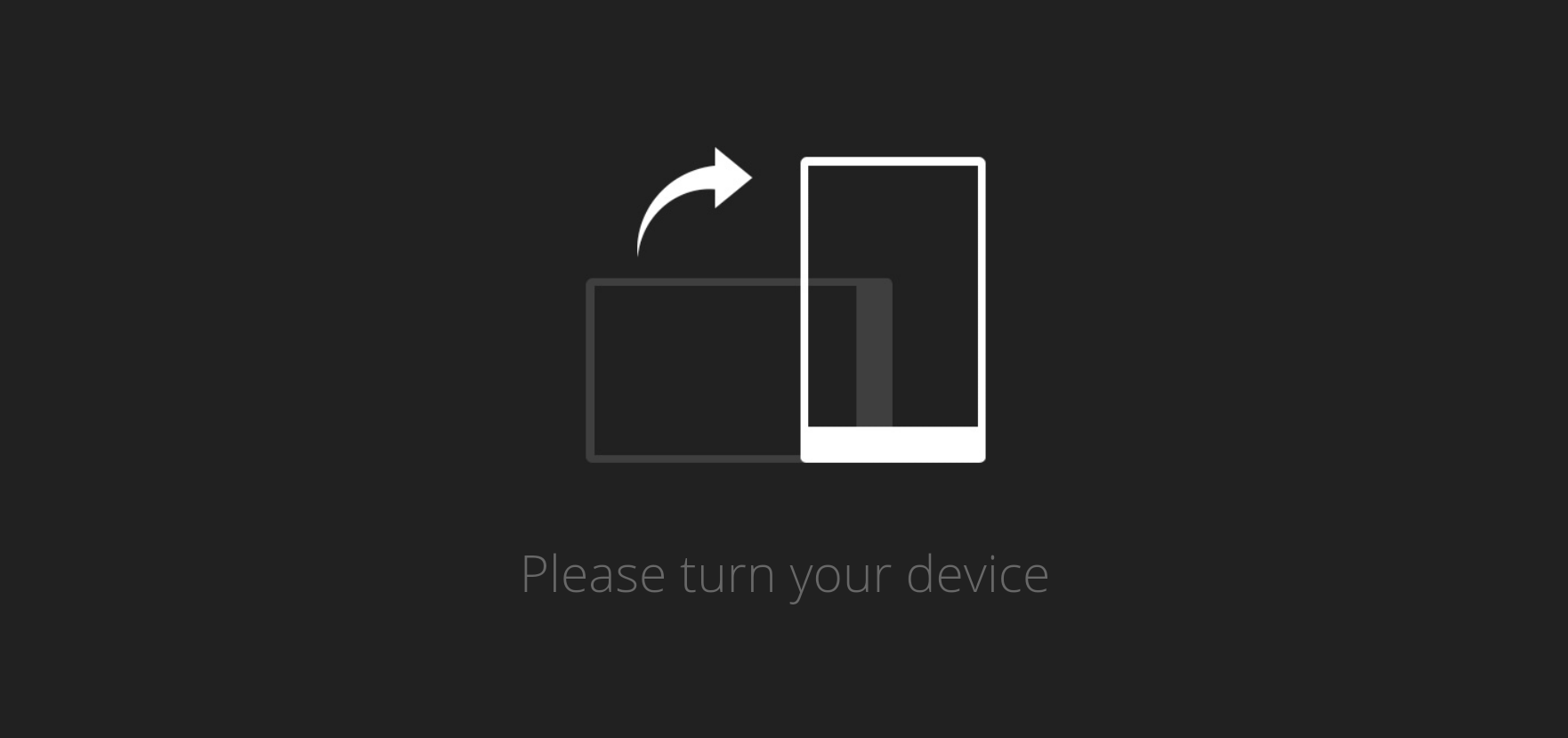
How To Save For A Rainy Day (And What To Do When It Arrives)

Helping young Australians get ahead.
The pandemic has turned so many parts of our lives upside down. Holidays and events have been cancelled. We spend half our days on Zoom. And you don’t need to be an economist to know many Australians are dealing with a very different financial situation from this time last year.
It goes to show how quickly things can change, and how we should always be prepared for just about anything. Basically, your parents’ advice was right: if you’re looking for ways to get on the front foot again, it definitely doesn’t hurt to think about setting up a rainy-day fund.
What’s A Rainy-Day Fund And How Much Do You Need?
A rainy-day fund is there for times like these – *gestures at 2020* – when exceptional circumstances come along and mess up all your plans. For instance, you may be without work for a little while, have hours reduced and/or need to pay for some unforeseen expense.
It’s essentially a back-up savings fund that you can access when you really need it. Experts suggest you should aim to build up at least three months’ worth of expenses as a start, into this fund to help you manage your expenses in an emergency. That might be a big task but, if you chip away at it for long enough, it’s definitely not out of reach.
Here are a few tips to help you get started…

Image: Gert Altmann / Pixabay
Rearrange Your Budget
It’s an obvious starting point, but that’s because it’s important. Take a long hard look at your budget to see where you might be able save a buck: that means subscriptions you could cancel, gym memberships you might want to forgo, and Friday night beers you don’t really need.
The key here is to be conscious about your spending and know the difference between an essential purchase and a ‘want’. Cutting back on non-essential purchases over time will eventually boost your savings and provide a nice little buffer.
For instance, your rent definitely has to be paid. If your car has broken down and it’s the only way you can get to work, it has to be fixed. However, if you were planning on upgrading your oh-so-slow laptop… but you don’t really need to, think about holding off instead.
Stick To The Plan
Saving is a lot easier when you’re clear about your goals. Figure out exactly how much you need to save, set yourself a reasonable time to do it, and stick to the plan. You can even set up automatic transfers so the account fills up on autopilot!
Watching the savings grow will help you stay on track and stay motivated. And with a Westpac Life savings account, you can set up to six savings goals that are fitted with a real-time tracker. That means you can set a target amount for your rainy-day fund, and see exactly how far away you are from achieving it. You can even do that alongside other goals like that new computer or even your first home.
Image: Bich Tran / Pexels
Get A Savings Account That Supports You
It’s important to review your savings accounts to see if they work with your current situation. Are you earning a decent amount of interest to help you along? Are you meeting the criteria to get bonus interest? Are you allowed to dip into your savings when you really need it without losing your bonus interest?
If you’re between 18 and 29, you could be eligible for the Spend&Save bonus, which means you get rewarded with bonus interest on your savings just for spending on your debit card linked to your Westpac Choice account five times each month – even if you can’t save.
A Westpac Life savings account allows you the flexibility to make withdrawals without losing out on bonus interest – you just need to top it back up and grow your savings by the end of the month, even just by a 1 cent.
(You can read up on the T&Cs here).
If That Rainy Day Arrives…
Having to take money out of your savings can sting, but it isn’t a failure. That’s exactly what a rainy-day fund is for! If you’ve saved enough money to support yourself when times are tough, that’s a total success.
Of course, it’s important that you identify ways you can stay in control of your expenses during this time. This will involve re-looking at your budget and ensuring you’ve accounted for any bills or loan payments.
It’s a good idea to see what help is available from a range of service providers if you hit a financial hurdle – temporary relief or support may be available from utilities or insurance companies or your bank. Westpac is supporting customers affected by COVID-19 in various ways through its Recovery Hub; it features a range of resources to help you get back on track.
Remember, your main goal is keeping yourself afloat and avoiding debt where possible. It’s okay if you have to turn to your rainy day savings to do that!
This article originally appeared on Junkee.
Fees and charges apply. Read the product Terms and Conditions and consider whether the product is right for you. This information is general in nature and does not take your personal objectives, circumstances or needs into account. Products issued by Westpac Banking Corporation ABN 33 007 457 141 AFSL 233714.
If you’re between 18 and 29 and would like to learn more about Westpac’s 3% p.a. variable rate, visit the website.
—
(Lead image: Andrea Piacquadio / Pexels)
